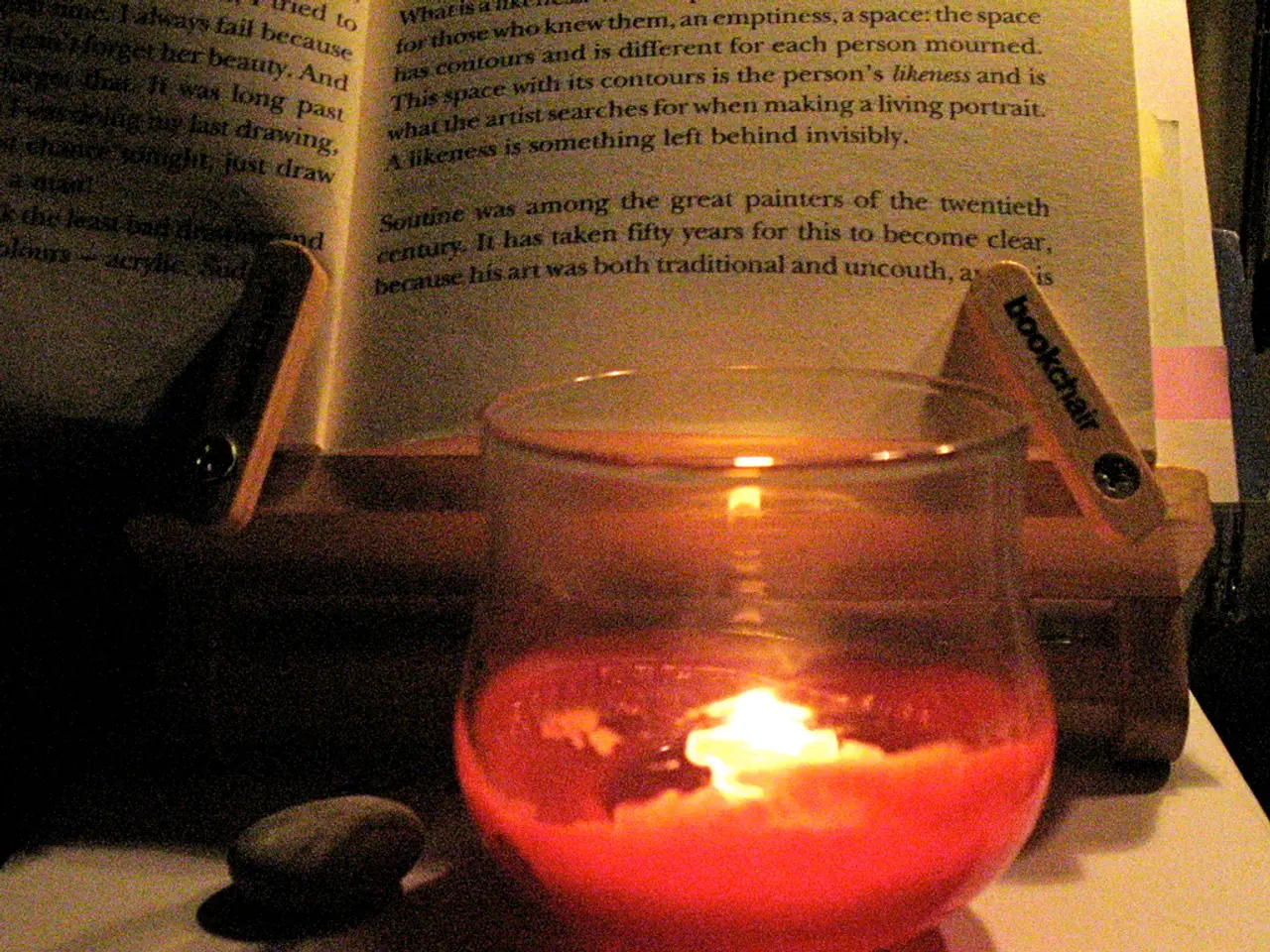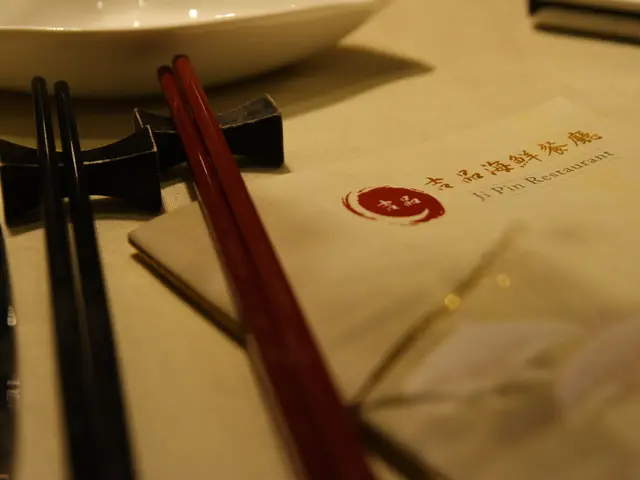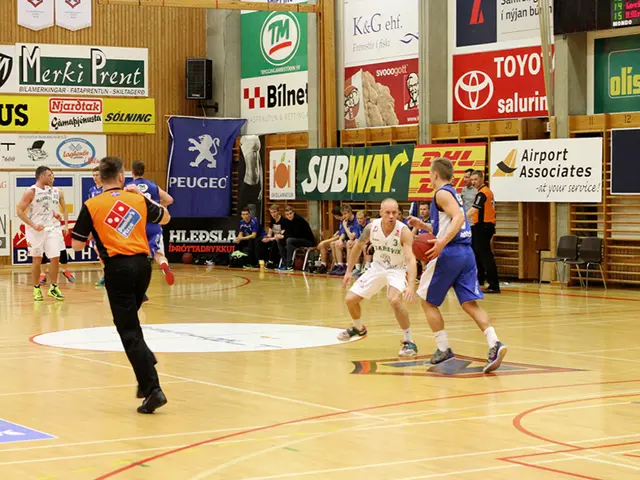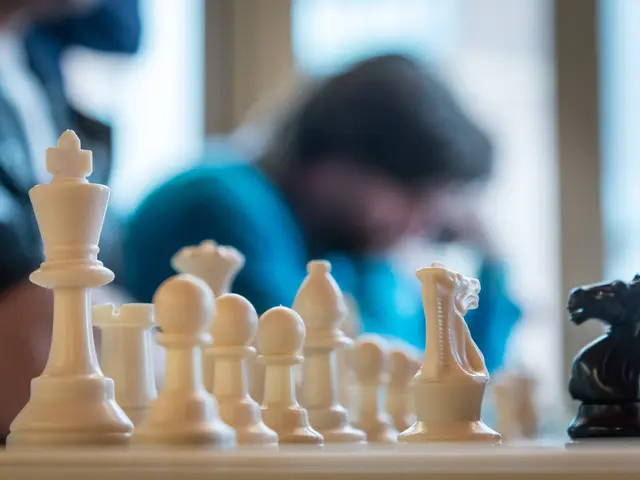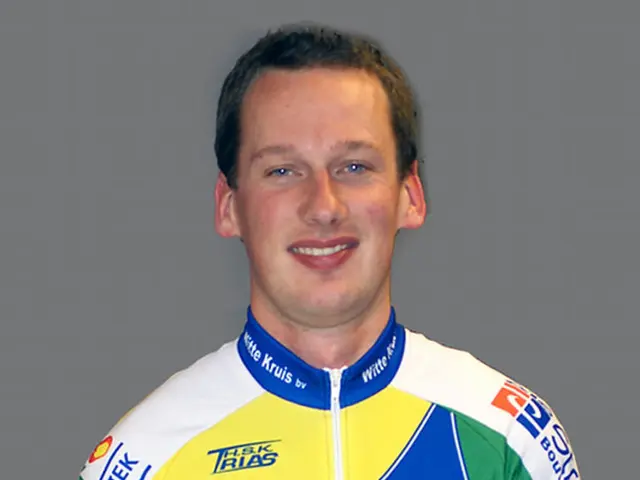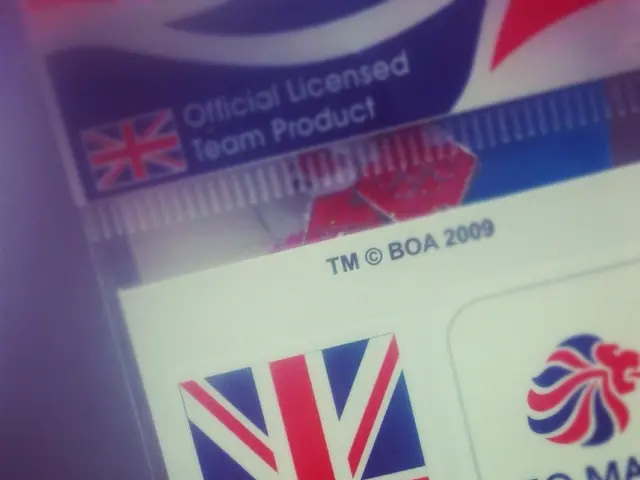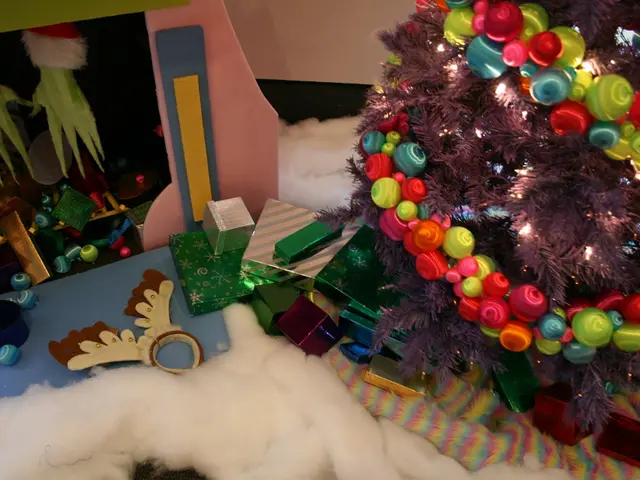Investigative Study: Delving Deep into the World of Tarot
In the realm of divination and self-exploration, the tarot deck stands as a timeless tool, steeped in symbolism and mystery. This ancient practice, used for centuries, has captivated the minds of many, from scholars to artists, and has left an indelible mark on the annals of history.
Arthur Edward Waite, a significant figure in the tarot world, was instrumental in the creation of the iconic Rider-Waite Tarot deck. He provided the conceptual framework and meanings for the cards, with his book, "The Pictorial Key to the Tarot," serving as a comprehensive guide to the deck's symbolism and interpretation. However, it was Pamela Colman Smith, an artist, who was responsible for illustrating the deck, under Waite's guidance.
The tarot deck consists of 78 cards, divided into the Major Arcana and Minor Arcana. The Major Arcana contains 22 cards representing significant life events or archetypal concepts, such as The Fool, symbolising new beginnings, and The Chariot, embodying challenges and personal growth. The Minor Arcana, on the other hand, consists of 56 cards divided into four suits (Wands, Cups, Swords, and Pentacles) that depict various aspects of daily life. For instance, the Ten of Cups in the present position indicates emotional fulfilment, harmony, and happiness, particularly in relationships and family life.
Tarot readers interpret cards' meanings based on their symbolism, the position they hold within a spread, and their intuition. This practice has been employed by many notable individuals, such as Rachel Pollack, an accomplished tarot reader, author, and teacher known for her expertise in tarot symbolism, mythology, and storytelling.
Carl Jung, the founder of analytical psychology, was also interested in the symbolism of the tarot and believed that the cards could be used to explore the human psyche. His psychological concept of synchronicity may provide one explanation for tarot's efficacy.
The tarot reading is not without controversy, with some critics labelling it as a pseudoscience. However, proponents believe it can be a valuable tool for introspection and personal growth. Research conducted by Dr. Peter Brugger found that people who believe in psychic abilities are more likely to find meaning in randomly generated tarot card readings.
Notable figures like Eden Gray, often referred to as the "Mother of Modern Tarot," and Mary K. Greer, an internationally renowned tarot teacher, author, and scholar, have played crucial roles in popularising tarot in the 20th and 21st centuries. Doreen Virtue, before her conversion to Christianity, was a prolific author and prominent figure in the world of tarot and oracle cards.
Aleister Crowley, another intriguing figure, created the Thoth Tarot deck in collaboration with artist Lady Frieda Harris and wrote "The Book of Thoth," which explores the deck's symbolism and philosophy.
In essence, the tarot is a fascinating and complex system that offers a unique perspective on life, self, and the universe. Whether used for divination, self-exploration, or personal guidance, the tarot continues to captivate and inspire those who delve into its mystical depths.
